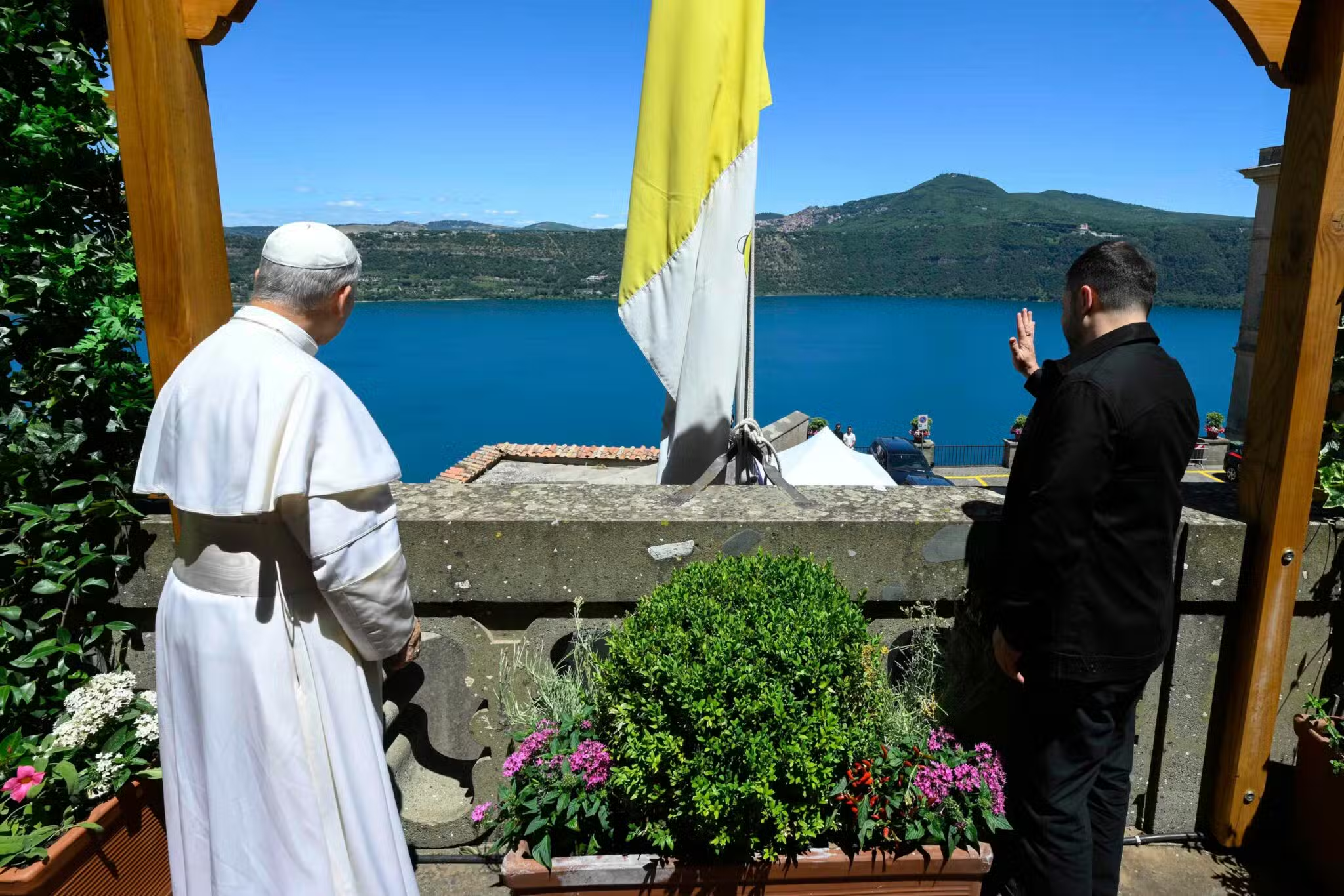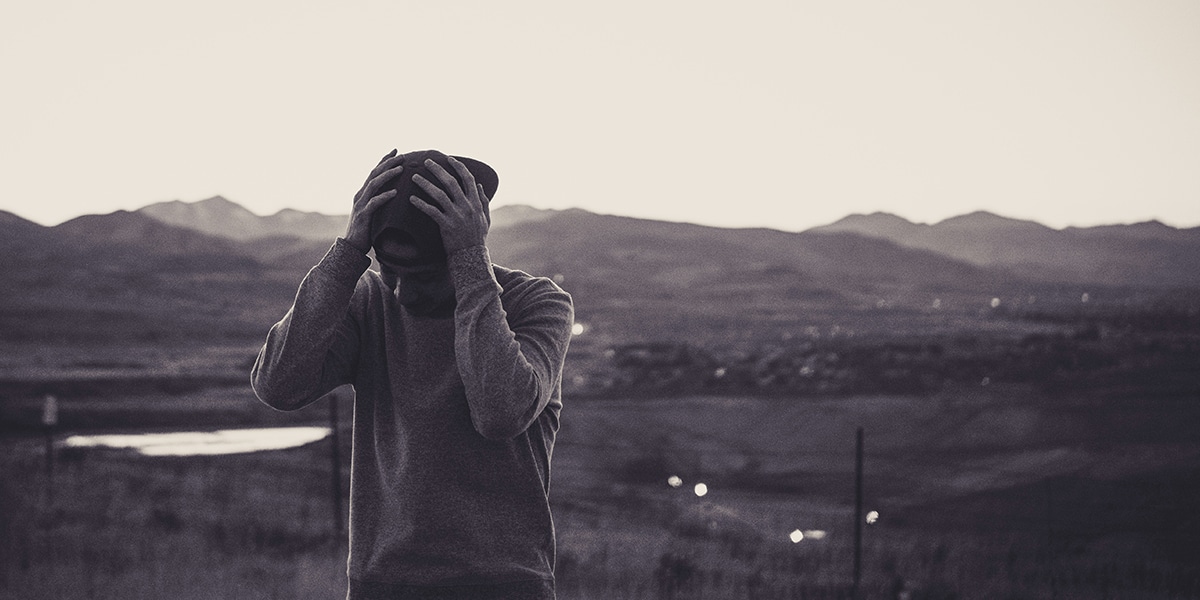VATICAN CITY (CNS) — When a Holy Year is proclaimed, the Catholic Church gets busy preparing for a year of big religious celebrations, organized pilgrimages and special initiatives to help deepen faith and encourage greater holiness in people’s lives.
Typically observed every 25 years, a Holy Year or jubilee can draw millions of pilgrims to Rome — a 2,775-year-old city of 2.9 million people that already infamously copes with an average of 7 to 10 million tourists a year.
Which is why with the spiritual and pastoral preparations also come the jackhammers and traffic jams as road and construction crews work on the nuts and bolts of getting the city ready for an estimated 32 million pilgrims in 2025, according to Archbishop Rino Fisichella, pro-prefect of the Vatican office in charge of coordinating plans for the Holy Year 2025.
For the city and citizens of Rome, holy years can seem like a repeat root canal, regularly scheduled to endure the pain for some sorely needed attention and often stunning results.
“Every jubilee has left on Rome a unique mark of beauty, art and social gathering, which are then experienced by future generations,” the archbishop said at a news conference in Rome July 26, which officially launched one of nearly 190 urban renewal projects underway in the run-up to the jubilee.
Among the many architectural and artistic legacies left from past jubilees: When Pope Sixtus IV proclaimed the Holy Year 1475, he ordered the construction of the Sistine Chapel and the “Ponte Sisto” bridge over the Tiber River to give pilgrims an additional way to arrive at St. Peter’s.
Pope Julius II began the 1500s by finally getting the resources to do what popes before him had been concerned about — saving from collapse the ancient basilica built at the time of Constantine and rebuilding St. Peter’s Basilica. Though it would take more than 100 years to complete the largest Catholic Church in the world, a number of milestones and additional flourishes were finished in time for some holy years, like Gian Lorenzo Bernini’s work making the basilica’s marble floor and decorating the nave for Holy Year 1650.
Many spiritual traditions began with a jubilee, like Holy Year 1750 when Pope Benedict XIV instituted the Via Crucis at Rome’s Colosseum, placing a large cross in the arena.
But sometimes new creations came at the cost of controversial demolitions.
For Holy Year 1500, Pope Alexander VI wanted to make it easier for pilgrims coming from the center of the city to get to St. Peter’s Basilica, so he ordered the razing of medieval homes and the ancient Roman Pyramid of Romulus (“Meta Romuli”) to make way for a new road connecting with the bridge by Castel Sant’Angelo.
Something similar happened for Holy Year 1950: an old neighborhood was torn down to make way for creating Via della Conciliazione, a wide boulevard leading from Castel Sant’Angelo to St. Peter’s Square, and for constructing several modern buildings which today house Vatican News, an auditorium, embassies and Vatican offices.
In the run-up to Holy Year 2025, one of the more ambitious projects will be creating a car-free zone for the entire area along the boulevard between St. Peter’s Square and Castel Sant’Angelo, which is the second-century Mausoleum of Hadrian.
Currently people must cross a five-lane thoroughfare which averages 3,800 vehicles an hour, according to city officials. The plan is to divert traffic into an underground tunnel, which crews will start digging in mid-August.
Plans presented at a news conference July 26 with officials from the city of Rome, the Italian government and the Vatican, showed the project will seek to create a greener, more peaceful space that is more in harmony with the view of the basilica, the mausoleum, its surrounding garden and the Tiber River.
Roberto Gualtieri, the city’s mayor, said the idea is to let “two historically fundamental places of the city,” that is, St. Peter’s and the mausoleum, “re-embrace” and be connected again by the boulevard without vehicles getting in the way.
The boulevard’s name, he said, symbolizes the “conciliation” between the church and state that came with the signing of the Lateran Pacts of 1929 in which the Vatican and the Italian state recognized each other as sovereign nations and normalized relations.
With the upcoming holy year dedicated to hope, “Today we can say we want to go from conciliation to a true and proper embrace: the city and Italy with the Vatican,” he said.
By Carol Glatz | Catholic News Service







News & Commentary
Jubilee years encourage holier heart, prettier city
VATICAN CITY (CNS) — When a Holy Year is proclaimed, the Catholic Church gets busy preparing for a year of big religious celebrations, organized pilgrimages and special initiatives to help deepen faith and encourage greater holiness in people’s lives.
Typically observed every 25 years, a Holy Year or jubilee can draw millions of pilgrims to Rome — a 2,775-year-old city of 2.9 million people that already infamously copes with an average of 7 to 10 million tourists a year.
Which is why with the spiritual and pastoral preparations also come the jackhammers and traffic jams as road and construction crews work on the nuts and bolts of getting the city ready for an estimated 32 million pilgrims in 2025, according to Archbishop Rino Fisichella, pro-prefect of the Vatican office in charge of coordinating plans for the Holy Year 2025.
For the city and citizens of Rome, holy years can seem like a repeat root canal, regularly scheduled to endure the pain for some sorely needed attention and often stunning results.
“Every jubilee has left on Rome a unique mark of beauty, art and social gathering, which are then experienced by future generations,” the archbishop said at a news conference in Rome July 26, which officially launched one of nearly 190 urban renewal projects underway in the run-up to the jubilee.
Among the many architectural and artistic legacies left from past jubilees: When Pope Sixtus IV proclaimed the Holy Year 1475, he ordered the construction of the Sistine Chapel and the “Ponte Sisto” bridge over the Tiber River to give pilgrims an additional way to arrive at St. Peter’s.
Pope Julius II began the 1500s by finally getting the resources to do what popes before him had been concerned about — saving from collapse the ancient basilica built at the time of Constantine and rebuilding St. Peter’s Basilica. Though it would take more than 100 years to complete the largest Catholic Church in the world, a number of milestones and additional flourishes were finished in time for some holy years, like Gian Lorenzo Bernini’s work making the basilica’s marble floor and decorating the nave for Holy Year 1650.
Many spiritual traditions began with a jubilee, like Holy Year 1750 when Pope Benedict XIV instituted the Via Crucis at Rome’s Colosseum, placing a large cross in the arena.
But sometimes new creations came at the cost of controversial demolitions.
For Holy Year 1500, Pope Alexander VI wanted to make it easier for pilgrims coming from the center of the city to get to St. Peter’s Basilica, so he ordered the razing of medieval homes and the ancient Roman Pyramid of Romulus (“Meta Romuli”) to make way for a new road connecting with the bridge by Castel Sant’Angelo.
Something similar happened for Holy Year 1950: an old neighborhood was torn down to make way for creating Via della Conciliazione, a wide boulevard leading from Castel Sant’Angelo to St. Peter’s Square, and for constructing several modern buildings which today house Vatican News, an auditorium, embassies and Vatican offices.
In the run-up to Holy Year 2025, one of the more ambitious projects will be creating a car-free zone for the entire area along the boulevard between St. Peter’s Square and Castel Sant’Angelo, which is the second-century Mausoleum of Hadrian.
Currently people must cross a five-lane thoroughfare which averages 3,800 vehicles an hour, according to city officials. The plan is to divert traffic into an underground tunnel, which crews will start digging in mid-August.
Plans presented at a news conference July 26 with officials from the city of Rome, the Italian government and the Vatican, showed the project will seek to create a greener, more peaceful space that is more in harmony with the view of the basilica, the mausoleum, its surrounding garden and the Tiber River.
Roberto Gualtieri, the city’s mayor, said the idea is to let “two historically fundamental places of the city,” that is, St. Peter’s and the mausoleum, “re-embrace” and be connected again by the boulevard without vehicles getting in the way.
The boulevard’s name, he said, symbolizes the “conciliation” between the church and state that came with the signing of the Lateran Pacts of 1929 in which the Vatican and the Italian state recognized each other as sovereign nations and normalized relations.
With the upcoming holy year dedicated to hope, “Today we can say we want to go from conciliation to a true and proper embrace: the city and Italy with the Vatican,” he said.
By Carol Glatz | Catholic News Service